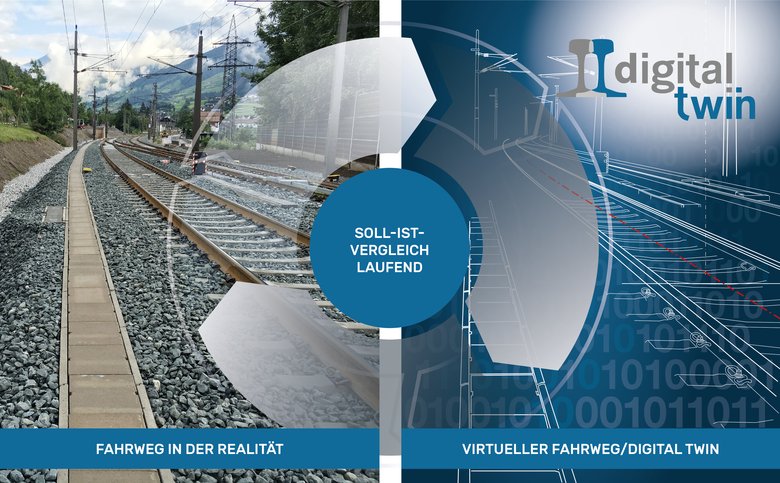Deep learning units for the automatic turnout tamping assistant
Deep learning – a new phenomenon?
The phenomenon of deep learning is not new. However, it had disappeared from the centre of attention for several years. Inspired by the processes in the human brain, the deep learning technology is a transfer of the biological basis of learning on the neural level to a digital machine process.
While the term deep learning is new, the technology dates back to the 1940s, when the fundamental theoretical elements of NN were first introduced. The scientists Warren McCulloch and Walter Pitts, pioneers in cognitive sciences, developed this type of learning algorithms.
However, the interest in NN declined. One of the main reasons was lacking computing power, due to which the usability of the technology had quickly reached its limits. With the introduction of new, powerful graphic cards, NN experienced a renaissance in 2012, particularly for deep learning algorithms and their opportunities for digital image processing.
Deep learning units for the automatic turnout tamping assistant
Machines that attend school? What might sound like science fiction, has become a reality at Plasser & Theurer. Our development team is working on a 3D scan based sensor system, training it to take autonomous decisions. The method applied: deep learning.
Plasser & Theurer’s smart turnout tamping assistance system “PlasserSmartTamping – The Assistant” helps the operator manage the machine’s operational systems, and contributes significantly to the automation of tamping machines. This is an exciting development as the future behaviour of the automatic assistance system is not the result of static programming, but the active self-studies of the machine. The AI based deep learning technology optimises the analysis of visual stimuli and the resulting decisions for actions.
Deep learning in image processing
Deep learning is a mode of supervised machine learning, using a set of examples to train a computer. The training data allows the computer to develop the ability to react correctly to situations that were not included in the data set. In a learning phase, the system repeats the analysis sequences several times and manual corrections are carried out. This leads to continuous improvements.
The learning process optimises the system’s abilities. The analysis of the training sets increases the system’s precision level and makes it possible to adapt it to images of the real environment.
How it works
The image of an object is presented to the computer system. The computer has to decide what object the image shows. The decision-making is based on algorithms that are able to generalize. As a result, it is not necessary to program every decision-making criterion in advance. On the basis of the experiences gained during training, the system assigns the unseen object to a category familiar from training.
During training, network weights are adjusted so as to assign a certain input (in this case the image) to a certain output (a category). By doing so, the system learns to take decisions to solve problems. The objects are, for instance, sleepers, rails, the ballast bed, a cable or a plant. The Assistant’s reaction depends on the object.
Deep learning and neural networks
Deep learning is a machine learning method based on neural networks (NN). A neural network consists of artificial neurons and works similar to the human brain. A difference is made between shallow neural networks and deep neural networks. Both types of network have so-called hidden layers. However, deep NN have several hidden layers, whereas there is only one in shallow NN. Including a high number of hidden layers, deep learning has provided the basis for the significant progress in image recognition. Based on deep learning, Convolutional Neural Networks (CNN) have revolutionised image classification, enabling considerable progress in computer vision. For certain fields of application, machine vision tops human recognition.







![[Translate to Französisch:] [Translate to Französisch:]](/fileadmin/_processed_/a/9/csm_202109_Visualisierung_beim_Stopfen__1__f0921ecd25.png)



